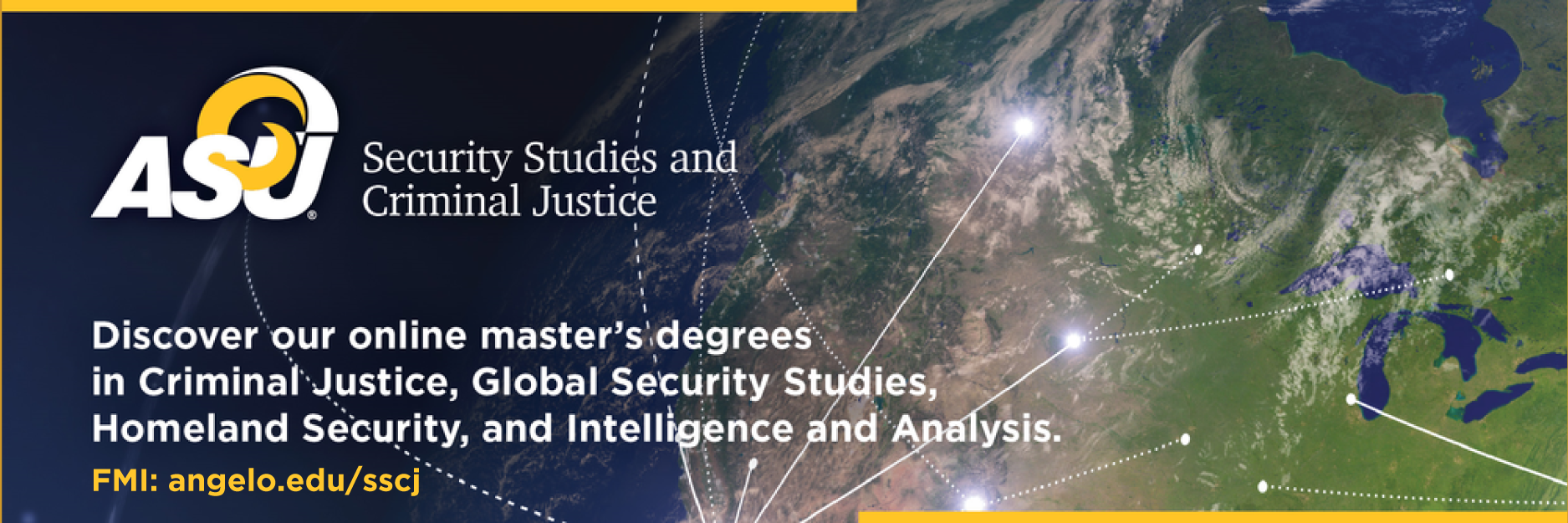A Web-based, real-time alert system for secondary responders
DOI:
https://doi.org/10.5055/jem.2003.0016Keywords:
-Abstract
Devastating events have become commonplace today, debilitating organizations and society the world over. Given the number of emergency workers who must respond during a mass disaster, coordination of communications is essential. However, because forensic workers and other secondary responders are not always equipped with communication devices, a method other than an inefficient telephone chain link is needed to alert emergency workers. In light of this need for a universal alerting system during times of crisis management, the Forensic Disaster Team of the Suffolk County (NY) Medical Examiner has started using a Web-based, real-time, multi-modality alert system for forensic workers and other secondary responders. This article will look at the reasons for choosing this system and the benefits derived from it.References
Dwyer J, Flynn K, Fessenden F: Fatal Confusion: A Troubled Emergency Response; 9/11 Exposed Deadly Flaws in Rescue Plan. New York Times. 2002; July 17.
Through a federal homeland security grant from the Corporation for National and Community Service, courses are available in shortwave emergency communications. Much information is available on this complex topic regarding protocol and format, antenna modeling, HF digital communications, satellite communications, and radio frequency interference.
Downloads
Published
How to Cite
Issue
Section
License
Copyright 2007-2023, Weston Medical Publishing, LLC and Journal of Emergency Management. All Rights Reserved






